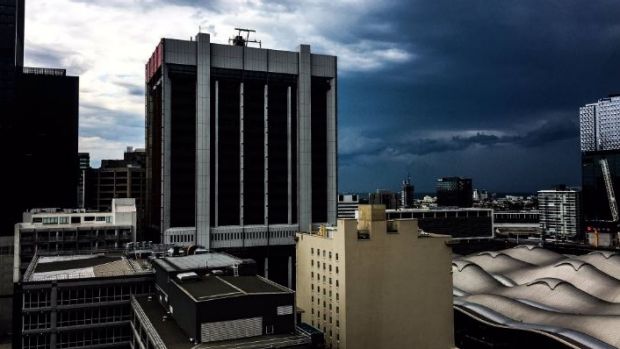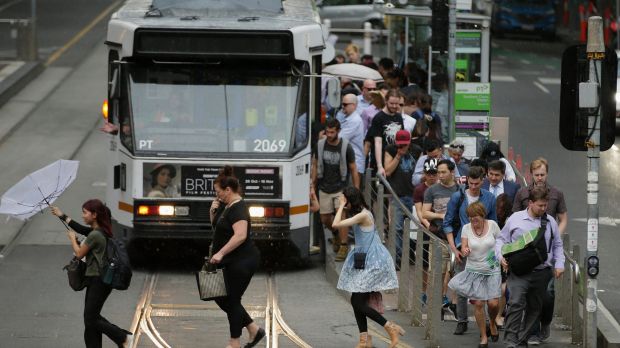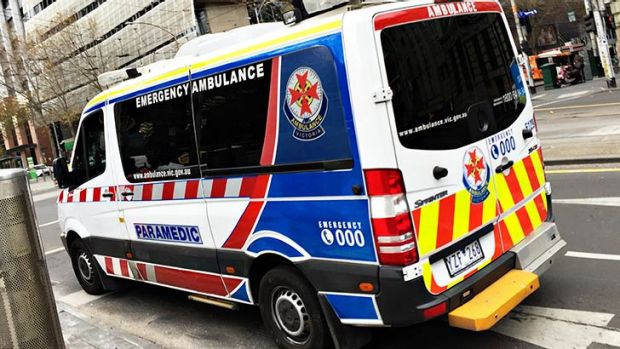Hospitals across Victoria have been left reeling after an unprecedented number of people suddenly fell acutely sick on Monday evening, in what is believed to be a mass incident of "thunderstorm asthma".
Ambulance Victoria was flooded with calls after a storm hit Melbourne shortly before 6pm, prompting a "major disaster response" from emergency services.
More News Videos
Melbourne weather change overwhelms ambulance crews
Mass outbreak of asthma associated with a sudden, thundery cool change exhausted Melbourne's emergency services as wild weather also cut power to homes. Vision courtesy Seven News Melbourne
The demand was so great that Ambulance Victoria ran out of ambulances and had to call in police officers, non-emergency patient vehicles and field doctors trained for disasters to help with transporting acute patients to hospital.
State health commander Paul Holman said in his 40 years as a paramedic he had never seen an event like it.
Mr Holman said it is thought the storm brought with it an increase in irritants, leading to the huge wave of patients suffering from breathing issues.
He said the majority of the patients were so sick they needed to be taken to hospital (rather than being treated at the scene) and at one stage there were 190 people waiting for assistance.
"Every ambulance and ambulance manager was recalled," he said.
"It was an unprecedented night.

"I have never seen the computer dispatch of Melbourne look like it. It was what we call a sea of red."

While the air quality around Melbourne has since improved, there are ongoing concerns about the ability of hospitals to cope with the surge in demand.
Mr Holman said most hospitals in Melbourne and Geelong had been forced to recall staff.

"Every hospital is basically full," he said.
It is understood a Code Brown was called at University Hospital Geelong, which means the hospital discharges patients who are ready to go home so the emergency departments can send patients to wards, and make space for incoming people.
Barwon Health, which runs University Hospital Geelong, posted a statement on its Facebook page urging people to seek medical treatment from a GP if their condition was not life threatening, due to high demand in the emergency department.
High demand for ambulance for breathing issues due to weather. Only call 000 in an emergency & consider other options for minor complaints
— Ambulance Victoria (@AmbulanceVic) November 21, 2016
The last major case of thunderstorm asthma in Melbourne was in 2011, but was not nearly as bad as Monday's event.
The phenomenon is thought to occur when rain or humid weather causes pollen grains to absorb moisture and burst, releasing hundreds of small particles that cause an allergic reaction.
Mr Holman said he was proud of the work of Ambulance Victoria staff and other services for their innovative response to the disaster.







